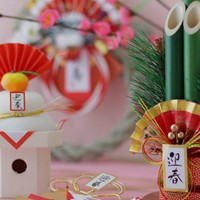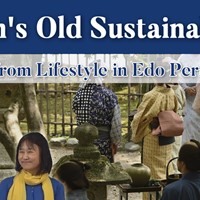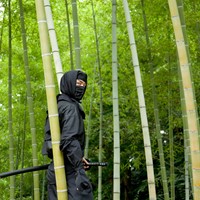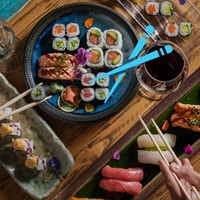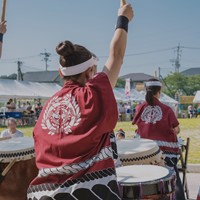The Seven Lucky Gods of Japan: Who Are Shichifukujin?
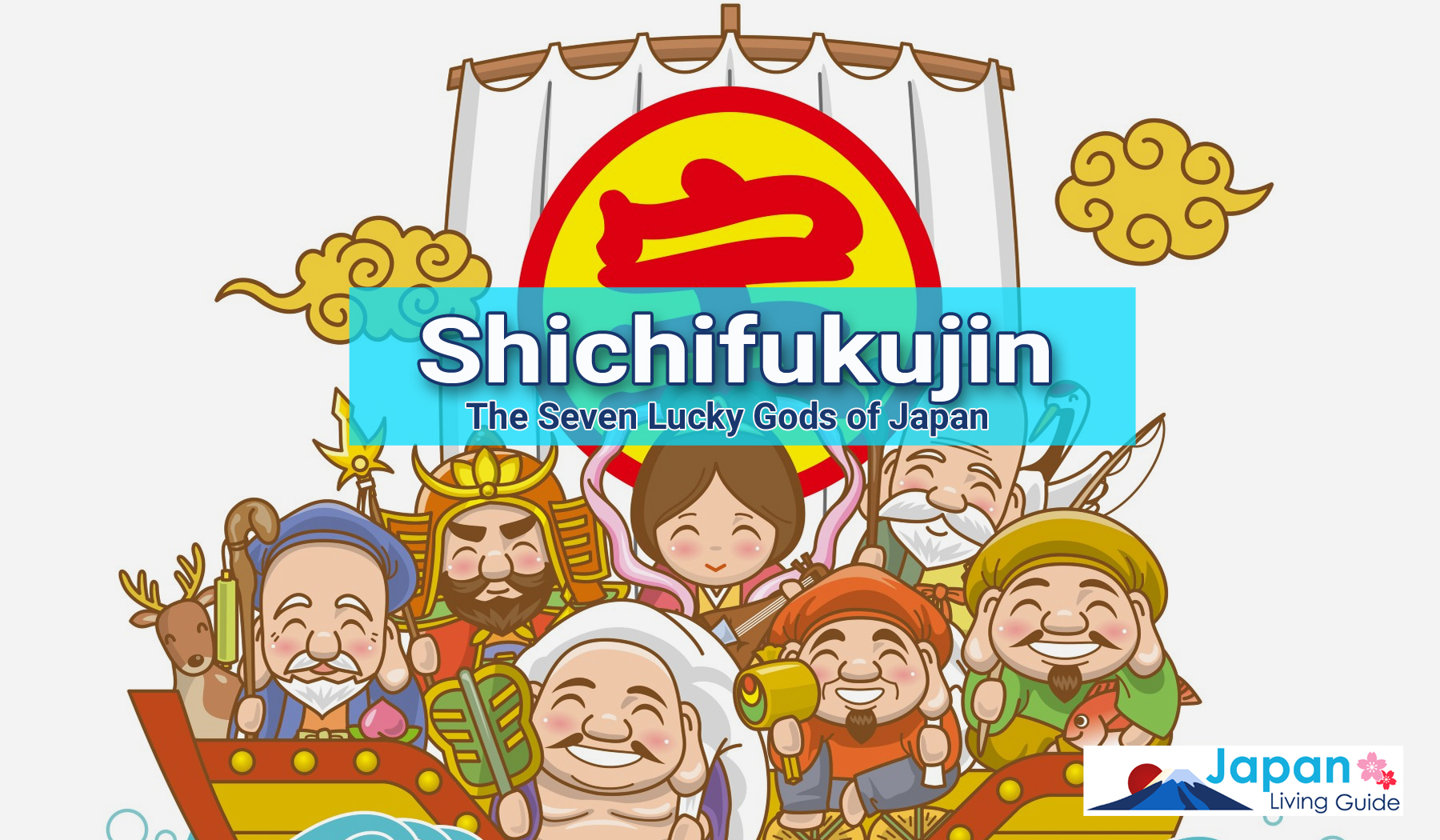
This page contains affiliate links.
Spirituality in Japan is very unique in its wide acceptance and mixing of Shinto and Buddhist beliefs, traditions, and customs. However, there are also some traditions and gods that sit in a separate category — sometimes included in Buddhist beliefs, sometimes considered more a part of folklore. These include the Shichifukujin, or Seven Lucky Gods. Often seen as a collective, these seven individual gods have quite distinct features and personalities and very different origins.
Keep reading to find out more about these seven deities and how to take part in a Seven Lucky Gods pilgrimage in Tokyo.
History of the Seven Lucky Gods
The seven gods actually originated in three different countries. Three are from the Hindu-Buddhist traditions of India, three are from the Taoist-Buddhist traditions of China and one is originally from Japan.
They came to be known as a collective in Japan during the Muromachi Period (approx. 1336 to 1573). During that time, the first Seven Lucky Gods procession took place in Fushimi, Kyoto, depicting the seven deities as a group. The gods being seen as a group in art and sculpture continued to grow in popularity through the Edo Period (1603 to 1867), as did their association with the New Year and good luck traditions.
Who Are the Seven Lucky Gods?
Each of the seven gods is known for their individual features and characteristics, as well as their patronage of a certain profession or area of life, such as business or the arts.
Ebisu
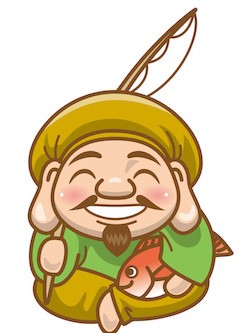
Ebisu is perhaps the most famous and most commonly referenced of the seven gods and is also the only one of Japanese origin. He is the god of commerce and business as well as abundance of crops. He is also the patron of fishermen, and so is often depicted with fish or a fishing rod. He is often used as a symbol of being able to provide sufficient food for your family and loved ones.
Daikokuten
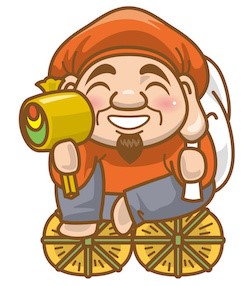
Daikokuten has Indian origins and is often associated closely with Ebisu as they have similar meanings. Daikokuten is the god of commerce, trade, and agriculture and is often depicted with bags of rice and a mallet.
Benzaiten
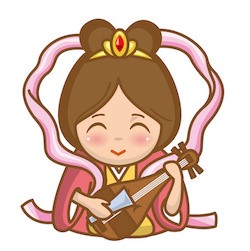
Benzaiten is the only female deity to be part of the group and is derived from the Indian goddess Saraswati. She is often associated with water and is commonly shown with a tori gate and playing a biwa, a traditional Japanese instrument. She is also commonly accompanied by a white snake. Benzaiten is the goddess of the arts, music, beauty, and elegance. She has been considered the patron of artists, writers, musicians, geisha, and similar professions.
Bishamonten
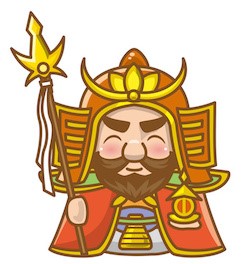
Bishamonten is another Indian contribution, and is known as the god of war and the protector. He is shown as a figure of authority and dignity and is generally depicted wearing armor and holding a miniature pagoda, which represents his warrior origins and his protection of the Buddhist faith. Naturally, Bishamonten is the patron of warriors and fighters.
Hotei
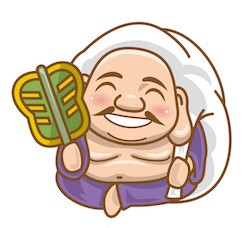
Hotei, sometimes referred to as Budai, is a god of Chinese origin and is said to have existed in the real world. Hotei was a Chinese monk who ascended to a god status for his beliefs and actions during his lifetime. He is the god of health, happiness, and popularity. He is considered the patron of barmen and a guardian of children. He is often shown carrying a large sack. This is said to represent either patience or happiness, which he distributes to his worshippers.
Fukurokuju
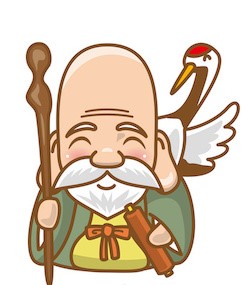
Fukurokuju is also of Chinese origin and is the god of happiness and longevity. He is said to have been a hermit monk in China who was able to live without eating. As a god, he is usually shown as an elderly man with a large forehead, a Taoist symbol of long life. He is also often shown with a crane or turtle, which are animals that represent long life in Japan.
Jurojin
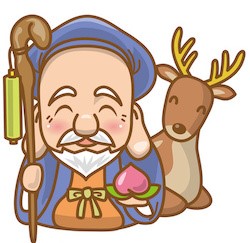
Jurojin is associated closely with Fukurokuju, as he is also a god of longevity and of Chinese origin. He is a patron of the elderly and is often shown as an elderly man. He appears similar to Fukurokuju with a long forehead, carrying a scroll, and accompanied by a crane or deer.
Seven Lucky Gods Pilgrimage in Tokyo
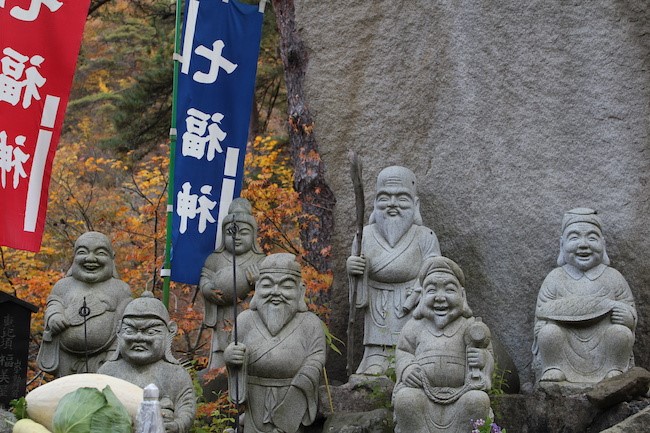
A Seven Lucky Gods pilgrimage is a popular activity when visiting Tokyo, especially around New Years, and is great for those looking to experience different temples and cultural sites. This pilgrimage involves visiting a temple devoted to each of the seven deities within a certain area. Usually, these temples offer special stamps, or goshuin, to memorialize the experience.
The Yamanote Shichifukujin Meguri in Meguro, Tokyo, is said to be one of the oldest Shichifukujin pilgrimages in the area. It takes about two to three hours to complete and passes six temples (one temple is devoted to two gods). The pilgrimage’s route visits:
Ryusenji Temple (Ebisu)
瀧泉寺 in Japanese
A: 3-20-26 Shimomeguro, Meguro-ku, Tokyo (瀧泉寺)
Daienji Temple (Daikokuten)
大圓寺 in Japanese
A: 1-8-5 Shimomeguro, Meguro-ku, Tokyo
Banryuji Temple (Benzaiten)
蟠龍寺 in Japanese
A: 3-4-4 Shimomeguro, Meguro-ku, Tokyo
Kakurinji Temple (Bishamonten)
覚林寺 in Japanese
A: 1-1-47 Shirokanedai, Minato-ku, Tokyo
Zuishoji Temple (Hotei)
瑞聖寺 in Japanese
A: 3-2-19 Shirokanedai, Minato-ku, Tokyo
Myoenji Temple (Fukurokuju and Jurojin)
妙圓寺 in Japanese
A: 3-17-5 Shirokanedai, Minato-ku, Tokyo
Another classic Shichifukujin pilgrimage course takes place in Nihonbashi, a beautiful and traditional area of Tokyo. This course also takes a few hours to complete, and includes visits to:
Suginomori Shrine (Ebisu)
椙森神社 in Japanese
1-10-2 Nihonbashihoridomecho, Chuo-ku, Tokyo
Takarada-Ebisu Shrine (Ebisu)
宝田神社 in Japanese
A: 3-10-11 Nihonbashihoncho, Chuo-ku, Tokyo
Matsushima Shrine (Daikokuten)
松島神社 in Japanese
A: 2-5-2 Nihonbashiningyocho, Chuo-ku, Tokyo
Suitengu Shrine (Benzaiten)
水天宮 in Japanese
2-4-1 Nihonbashikakigaracho, Chuo-ku, Tokyo
Suehiro Shrine (Bishamonten)
末廣神社 in Japanese
A: 2-25-20 Nihonbashiningyocho, Chuo-ku, Tokyo
Chanoki Shrine (Hotei)
茶ノ木神社 in Japanese
A: 1-12-11 Nihonbashiningyocho, Chuo-ku, Tokyo
Koami Shrine (Fukurokuju and Benzaiten)
小網神社 in Japanese
A: 16-23 Nihonbashikoamicho, Chuo-ku, Tokyo
Kasama-Inari Shrine (Jurojin)
笠間稲荷神社 in Japanese
A: 2 Chome-11-6 Nihonbashihamacho, Chuo
There are many more courses throughout Tokyo that visit various temples devoted to the Seven Lucky Gods. Many can be completed in a few hours to half a day, but it is also common to pace yourself by completing a New Years pilgrimage over seven days – one day for each temple.
Having Shichifukujin in Your Home
Click here to find Shichifukujin that you can purchase online.
Explore More of Japan’s Traditions & Culture
When looking into religion, spirituality, and traditions in Japan, there are many aspects to explore. One of the many interesting areas is the Seven Lucky Gods, also known as Shichifukujin. A great way to enjoy Tokyo, and learn more about the Shichifukujin, is to do a Seven Lucky Gods pilgrimage.
However, there are many other ways to experience Japanese culture in Tokyo. From trying a traditional tea ceremony, to creating an ikebana flower arrangement, or taking in the scenery of Tokyo’s beloved gardens, and much more, you can enjoy many of the traditions that Japan has to offer firsthand.
